January 11, 2019
The IRS will begin accepting 2018 tax returns on Jan. 29, 2019. At any time after that date, victims of federally declared disasters can file their forms 4684 (Casualty & Thefts) to report losses that may be deductible. This is often a victim’s first, best opportunity to access ready cash in order to begin the rebuilding process.
2018 was a terrible year for disasters. While there were nearly 100 declared disasters in 2018, the list that follows represents those for which individual assistance is available to those who suffered losses.
2018 FEMA Disaster Declarations with Assistance to Individuals & Households
Georgia Hurricane Michael (DR-4400)
Incident period: October 09, 2018 to October 23, 2018
Major Disaster Declaration declared on October 14, 2018
Florida Hurricane Michael (DR-4399)
Incident period: October 07, 2018 to October 19, 2018
Major Disaster Declaration declared on October 11, 2018
South Carolina Hurricane Florence (DR-4394)
Incident period: September 08, 2018 to October 08, 2018
Major Disaster Declaration declared on September 16, 2018
North Carolina Hurricane Florence (DR-4393)
Incident period: September 07, 2018 to September 29, 2018
Major Disaster Declaration declared on September 14, 2018
California Wildfires (DR-4407)
Incident period: November 08, 2018 to November 25, 2018
Major Disaster Declaration declared on November 12, 2018
California Wildfires and High Winds (DR-4382)
Incident period: July 23, 2018 to September 19, 2018
Major Disaster Declaration declared on August 04, 2018
Wisconsin Severe Storms, Tornadoes, Straight-line Winds, Flooding, and Landslides (DR-4402)
Incident period: August 17, 2018 to September 14, 2018
Major Disaster Declaration declared on October 18, 2018
Hawaii Kilauea Volcanic Eruption and Earthquakes (DR-4366)
Incident period: May 3, 2018 to August 17, 2018
Major Disaster Declaration declared on May 11, 2018
Hawaii Severe Storms, Flooding, Landslides, and Mudslides (DR-4365)
Incident period: April 13, 2018 to April 16, 2018
Major Disaster Declaration declared on May 8, 2018
North Carolina Tornado and Severe Storms (DR-4364)
Incident period: April 15, 2018
Major Disaster Declaration declared on May 8, 2018
Indiana Severe Storms and Flooding (DR-4363)
Incident period: February 14, 2018 to March 4, 2018
Major Disaster Declaration declared on May 4, 2018
Alabama Severe Storms and Tornadoes (DR-4362)
Incident period: March 19, 2018 to March 20, 2018
Major Disaster Declaration declared on April 26, 2018
California Wildfires, Flooding, Mudflows and Debris Flows (DR-4353)
Incident period: December 4, 2017 to January 31, 2018
Major Disaster Declaration declared on January 2, 2018
Collectively, these disasters killed more than 200 people, damaged or destroyed nearly one million properties, and cost tens of billions of dollars. I can affirm from visiting many of these areas in the aftermath of the disasters that no mere fact sheet or list of numbers can tell the story of the devastation and suffering.
We at Disaster Relief hope we can serve disaster victims by helping them access their own tax dollars via casualty loss claims and begin the rebuilding process. For those homeowner/taxpayers who experienced losses in 2018, now is the time to consider filing a claim. The process is very straightforward.
1. Get a determination of your loss (this is what we can do for you) so you can document your claim
2. You (or your tax preparer) files a casualty loss claim form 4684 along with your return
This may provide a significant tax deduction that could result in a much needed tax refund.
Please let us know if we can help. You can visit our website at www.disaster-relief.us, or call us at (843) 724-7870. I plan to be back in the Carolinas, Florida and northern California in the coming weeks and would be glad to meet with you personally.
Mark Stockton







